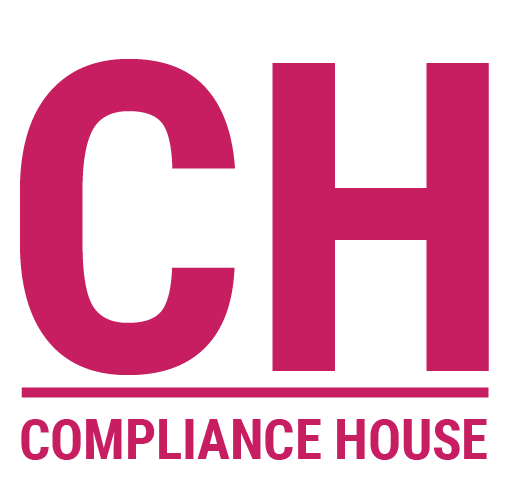Despite having formal policies, procedures, and controls in place, many organizations continue to face ethics breaches and regulatory violations. Why? Because a compliance program that exists only on paper — no matter how technically sound — will not protect a company if the culture doesn’t support it.
At Compliance House, we’ve seen firsthand how organizations with the most impressive frameworks can still fall short when employees don’t feel personally responsible for doing the right thing. In this article, we explore why compliance must go beyond documentation — and how building a strong ethical culture is essential for real impact.
Many organizations treat compliance as a series of tasks: write the Code of Conduct, conduct training, launch a hotline, conduct risk assessments. While these steps are important, they’re not enough on their own.
A “check-the-box” approach often fails because employees don’t see the relevance of compliance in their day-to-day roles. Managers are not equipped to model or reinforce ethical behavior. Policies may be too complex or not communicated effectively. There’s often a lack of psychological safety, where employees fear retaliation for speaking up. And leadership messages about integrity may not always be backed by consistent actions.
When this happens, the compliance function becomes siloed, and misconduct becomes a risk that grows quietly — until it becomes a crisis.
Culture is the shared values, beliefs, and behaviors that guide how things really work in an organization. In compliance, culture determines whether people will raise concerns, follow rules, and act ethically when no one is watching.
Embedding a culture of integrity means that leaders set the tone not just through words, but through daily decisions. Employees understand the “why” behind policies — not just the “what.” Middle managers are trained to be active compliance ambassadors. Speaking up is safe and encouraged. Recognition and accountability are applied consistently across all levels.
When culture and compliance are aligned, risk is reduced — and trust, transparency, and resilience increase.
Building a compliance culture doesn’t require starting over. It starts with aligning your existing program with your people. Here are some actions you can take: Involve employees in designing policies and training to make it relevant. Use real-life scenarios to demonstrate ethical decision-making. Empower managers with tools to lead by example. Communicate creatively and consistently. And celebrate ethical behavior while responding visibly to misconduct.
At Compliance House, we help organizations shift from rule-based programs to culture-driven ones — where compliance becomes part of the way people think and work.
In a world of increasing regulatory scrutiny and stakeholder expectations, organizations can’t afford to treat compliance as a paperwork exercise. The most effective compliance programs are those where the policies come to life through people, leadership, and daily behavior.
Because at the end of the day, it’s not what’s written in the handbook that matters most — it’s what happens when no one is watching.
Ready to bridge the gap between policy and practice? Contact Compliance House today to explore how we can help you build a culture of compliance that protects your organization and empowers your people.





